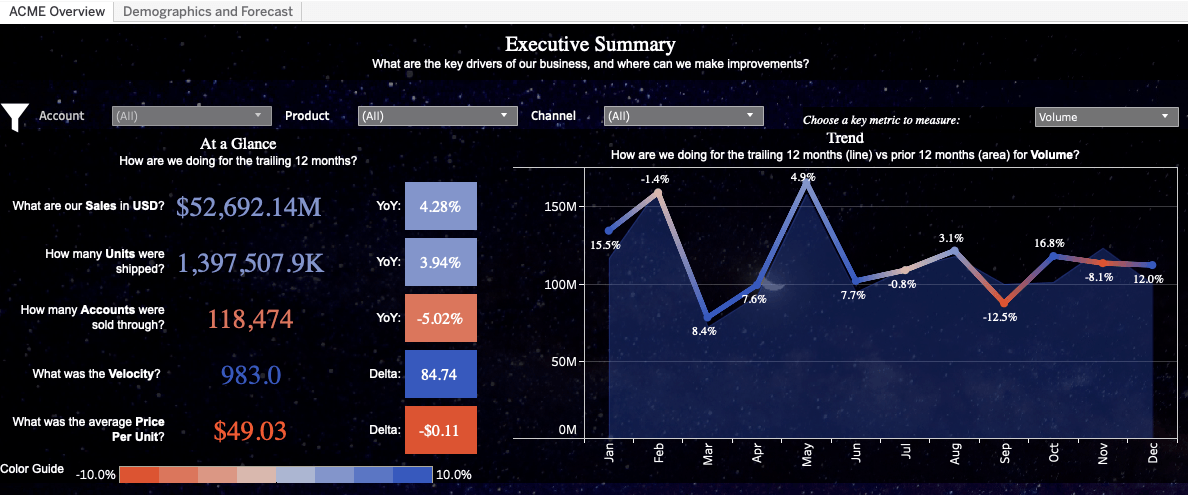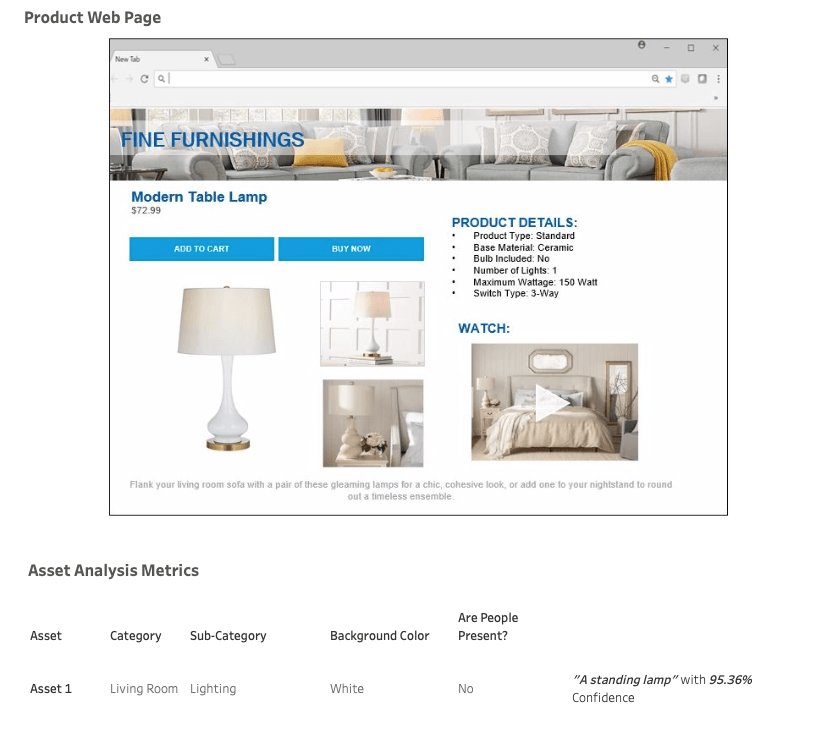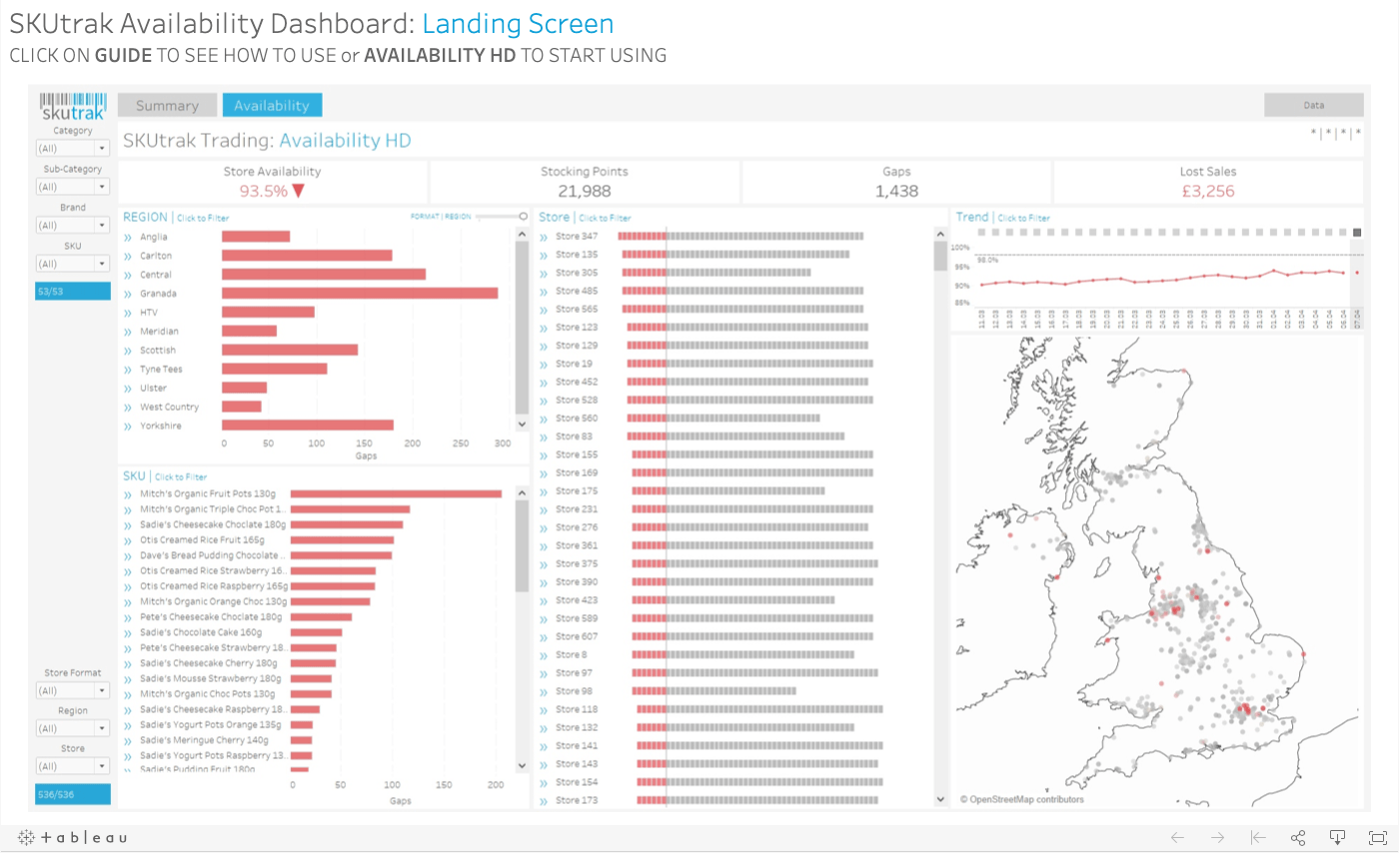Navigating the next normal: Using data to understand your customer
How well do you understand your customers? Whether your brand is B2B or B2C, your customers expect seamless, omnichannel experiences. Especially during the COVID-19 crisis, customers expect brands to offer value, relevant products and services, and to grow with them as their needs evolve.
The pandemic has taught businesses that staying relevant in a time of crisis requires a deep, holistic understanding of the customer, and an openness to new ways of doing business. To stay ahead of such rapid change, customer intelligence and data is more important than ever. From remapping and recreating customer journeys, to developing more accurate forecasting models, all businesses need a data and analytics strategy that allows everyone in the organization to see customers needs in real time and build scenarios, identify gaps, stress-test ideas, and improve results with actionable insights.
Your customer is expecting you to lead, and it’s never been more important for your brand to address their pain points and deliver exceptional experiences.
Meeting the customer where they are
While the long-term economic and societal impacts of the pandemic are yet to be fully understood, customer attitudes and behaviors have already shifted in profound ways, and some of these changes are predicted to continue into the future. Recent consumer surveys reveal how rapidly behaviors are evolving:
- 68% of people report that the pandemic has changed the products and services they think are important
- 75% of people using digital channels for the first time will continue to do so
- US retailers report 208% increase in curbside pickup compared to a year ago
- In Italy, e-commerce sales for consumer products rose 81% in a single week
- In the UK, 20% of people say they won’t buy fashion in-store again
In the retail sector, the shift to online buying and direct-to-consumer selling, coupled with a decrease in discretionary spending and flat sales for net-new products, has forced businesses to change their business models overnight. Traditional B2B businesses, like financial services organizations are not far behind, augmenting existing sales and service models so they can better serve customers remotely. In the healthcare sector, patients can now choose telehealth as a standard alternative to an in-person visit—and adoption has been swift: one of Europe’s largest telehealth providers, KRY International, has seen a 200 percent increase in registrations. Government agencies and educational institutions are also finding ways to deliver their services in a virtual world.
But meeting the customer “where they are” is not just smart business–it’s essential for survival. Business segments that aren’t responding to changing customer preferences by accelerating their own digital transformations will be left behind. And a central part of transformation includes prioritizing customer analytics.
Show me your values
Customers are also driving brands to embody a more socially-aware set of values. In fact, according to Edelman two-thirds of global consumers self-identify as “belief-driven” buyers—and one-third of consumers actually changed to products that “distinguished themselves during the worst of the COVID-19 lockdown.” Consumers also expect to see meaningful products, transparency in communications, philanthropic initiatives, and changes to business priorities—even if that means negative economic consequences to the company. In today’s competitive and uncertain market environment, your advantage lies in understanding what resonates with your customers. How businesses choose to respond will influence buying decisions today and in the future:
- For Juice Press, a retail juice store, expanding their offerings to include organic grocery delivery provides a new revenue stream, and a way to stay relevant with their customers during the pandemic. As of April, JP Grocery was making up to 350 deliveries a day. In addition, it reduced delivery fees in most zones, and joined forces with FounderGive, an initiative that supports front-line healthcare workers.
- Seattle-based Outdoor Research leaned into its manufacturing roots to produce medical masks by the hundreds of thousands, repurposing a large part of their manufacturing facility for the creation of surgical masks, face masks, and N95 respirator masks. By early June, the company had produced 300,000 masks, and donated 8,000 masks to its retailers and staff.
Goal: a complete picture of your customer
What kinds of customer experience metrics are valuable in order to gain understanding of your customer? To create baseline analyses, you need behavioral, transactional, and feedback metrics. And as Gartner points out, more frequent, real-time monitoring of customer metrics is essential during this crisis, since attitudes are changing so rapidly. Useful metrics include:
- Customer satisfaction scores
- Customer effort scores
- Net promoter scores
- Customer call volume and types of queries
- Website behavior
- Point-of-sale data
- Geospatial data
- Social media sentiment
- Employee feedback
Every business, regardless of industry segment, should also expect to field new questions from customers about products, logistics, inventory, supply chain, and operations—and every business needs to be prepared to capture this feedback and respond.
Dig deeper with dashboards
In a truly data-driven organization, all employees are encouraged and empowered to use data to find answers to their most important questions. With a business intelligence platform like Tableau, individuals within organizations can prepare data from a variety of sources and create rich dashboards to find customer insights that can accelerate and improve decision making.
The type of customer data you analyze depends on your role. To get started, develop a set of starter dashboards that can be leveraged by all levels of the organization—from analysts to executives. See the descriptions, below, of the three most common dashboard types of customer dashboards along with relevant examples. Follow the links to explore further.
Strategic dashboards
Potential users: C-Suite, VP, Director
Objectives: At-a-glance cohesive data story
Insight examples: Performance and comparison metrics tracked against enterprise goals
Example: Executive Summary dashboard

Tactical dashboards
Potential users: Analysts, Brand Managers
Objectives: Granular, in-depth analyses
Insight examples: Identify trends, monitor processes supporting strategic objectives, create targets and predictions
Example: E-commerce Marketing Optimization dashboard

Operational dashboards
Potential users: CRM Support Teams, Website Managers, Marketing Managers
Objectives: High-level, real-time monitoring and management
Insight examples: Retail and customer satisfaction KPIs, marketing campaign performance, inventory status
Example: Store-level Product Availability dashboard

Know your customer, know your business
Things definitely look different now, and they are different. When every aspect of your operation is under scrutiny, you need information, quickly, to make the right decisions for your business and your customers. Understanding customers and their expectations has always been a priority for businesses looking to create competitive advantage, but the pandemic has proven that businesses must have an even stronger line of sight into what their customers need. You need to be prepared to proactively respond to rapidly-evolving behaviors and perceptions. As David Leonhardt notes in a recent New York Times op-ed, “When the economy weakens, people have to make decisions about where to pull back.” By using data insights to understand and adapt to new realities, you can give your customers reasons to remain loyal and eliminate some of the uncertainty facing your business.
What untapped insights are waiting to be discovered in your customer data?
Facing the unknown is daunting, but doable: as E.L. Doctorow observed, “You can only see as far as your headlights, but you can make the whole trip that way.” Explore these resources and insights to help you lead with data during these uncertain times.









